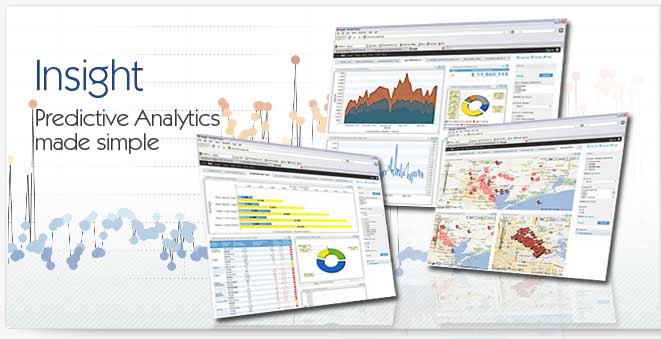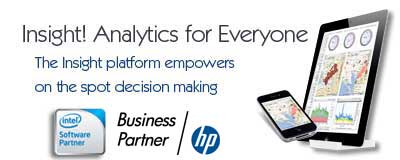Introduction to SQL Dashboard
An SQL dashboard is a set of software applications working together to take data from SQL databases to present the information in the form of a dashboard. An SQL dashboard will by definition require a SQl server to bring data from and will most likely use SQL server to power the dashboard as well. The SQL Server Dashboard can be used to visualize critical company data across the organization, giving managers the key information they need to make more informed decisions.
Benefits of an SQL Dashboard
An SQL dashboard can be highly beneficial to a business for a number of reasons. First is the ability to collect data from the SQL server to present it in a more graphical and intuitive fashion. The SQL dashboard can also be used as a means of standardizing the way managers in an organization look at reports and the way the reports are delivered. Through an SQL dashboard companies can being to provide to their managers views of data, and therefore the business, with full interactivity. A typical SQL dashboard provides not only reports but also interactivity with the reports, giving users the ability to interact with charts and reports in the SQL dashboard to gain further insight.
Drawbacks of an SQL Dashboard
While an SQL dashboard provides a great deal of benefits to the organization it can also prove detrimental if not implemented properly. In order for an SQL dashboard to be useful it must contain data that is valuable to the organization. Even when management has defined the data correctly, getting valuable data into an SQL dashboard can often be a time consuming and frustrating exercise due to the nature of data in an organization. In order for an SQL dashboard to be valuable it must be not only accurate, but also relevant.
Relevant Data for an SQL Dashboard
The issue of data relevancy for an SQL dashboard ultimately is focused on one single issue, the ability of management to define what pieces of data are important and which aren't. For the SQL dashboard to be useful the metrics measured must be ones that the company considers vita. For example, a bank might track average customer deposits in its SQL dashboard but tracking travel expenses on the SQL dashboard may not. This importance of a metric is at the heart of where the SQL dashboard data will be sourced and how it will be handled before it is brought into the SQL dashboard.
Getting Data into the SQL Dashboard
Once the relevant data has been identified, finding the data an bringing it into the SQL dashboard can be a challenging operation as well. For an SQL dashboard to have relevant and accurate data the system used must ensure that only the relevant data is selected from the source system, and that if the source data is dirty that it is cleansed prior to importing it into the SQL dashboard system. This process of sourcing and cleaning data for SQL dashboard deployment is known as an extract, transform and load process (ETL). The ETL process is a critical part of any SQL dashboard deployment.
|



